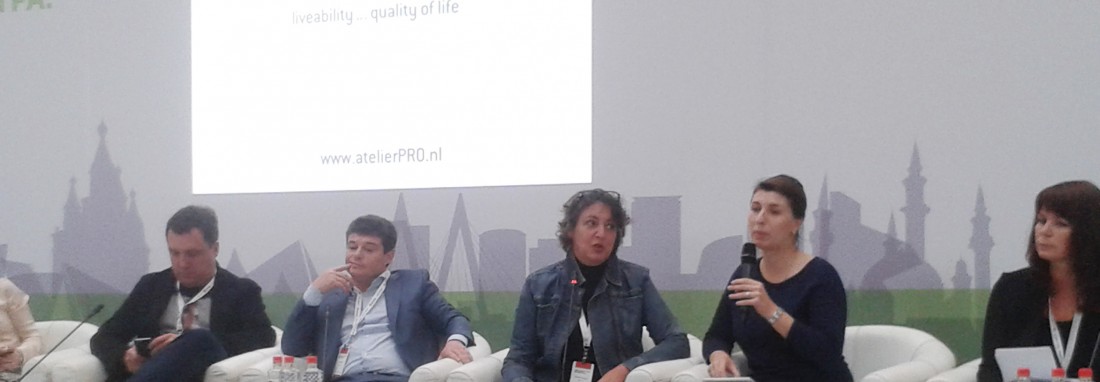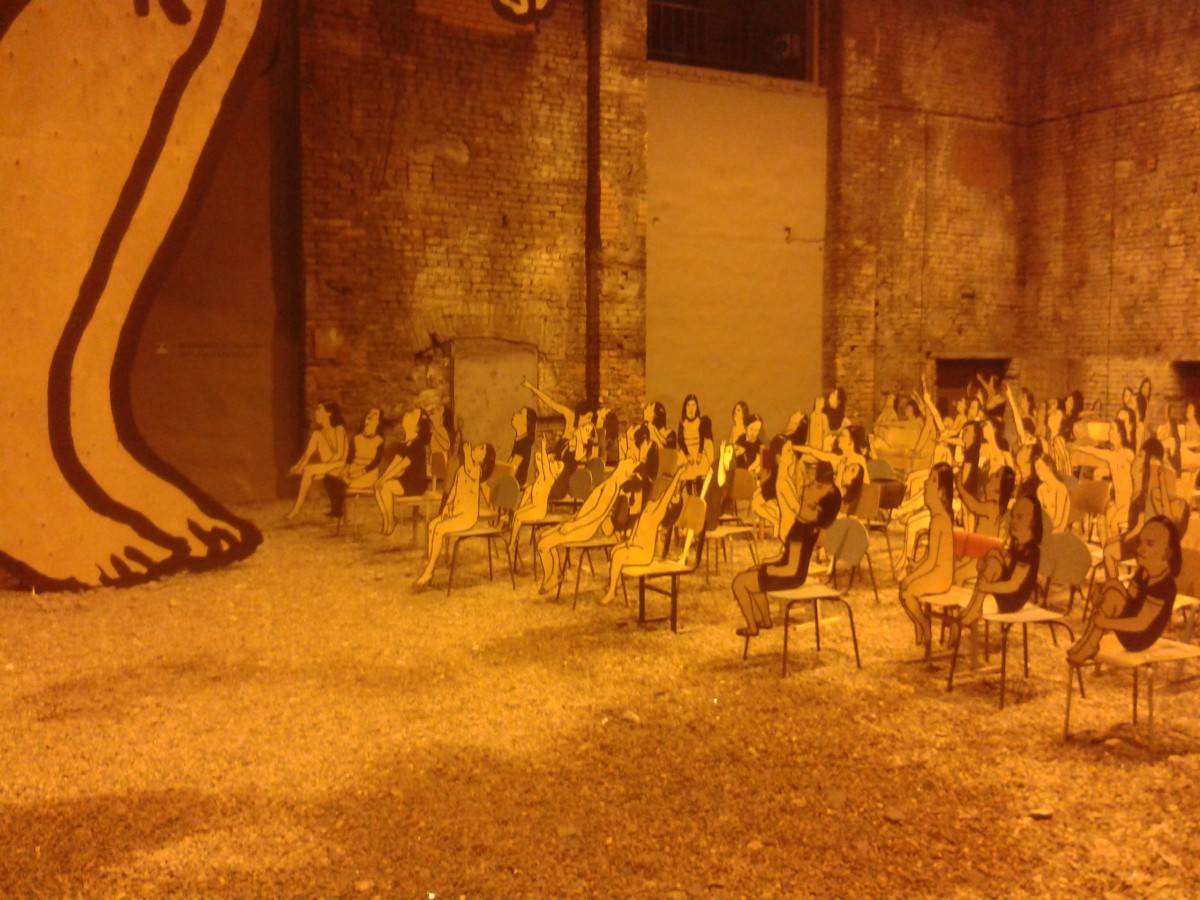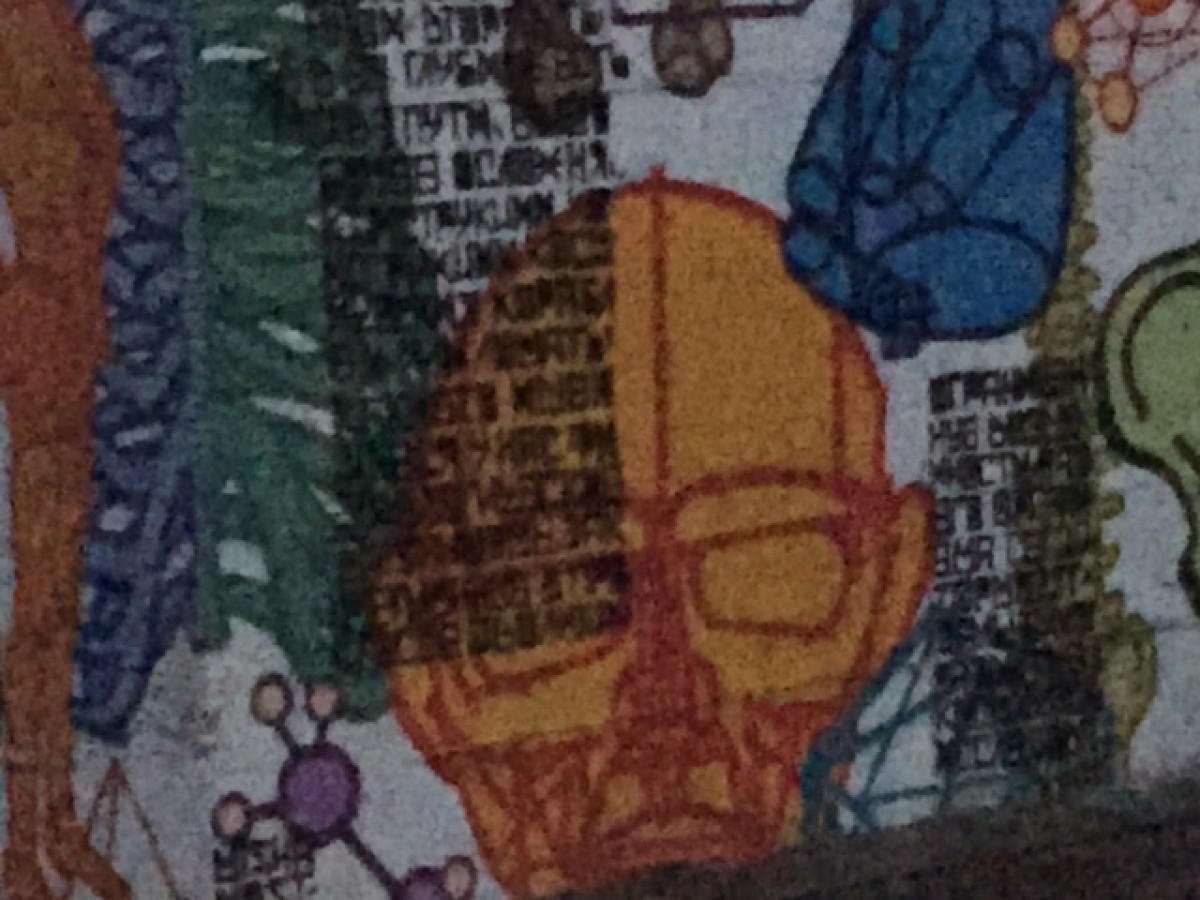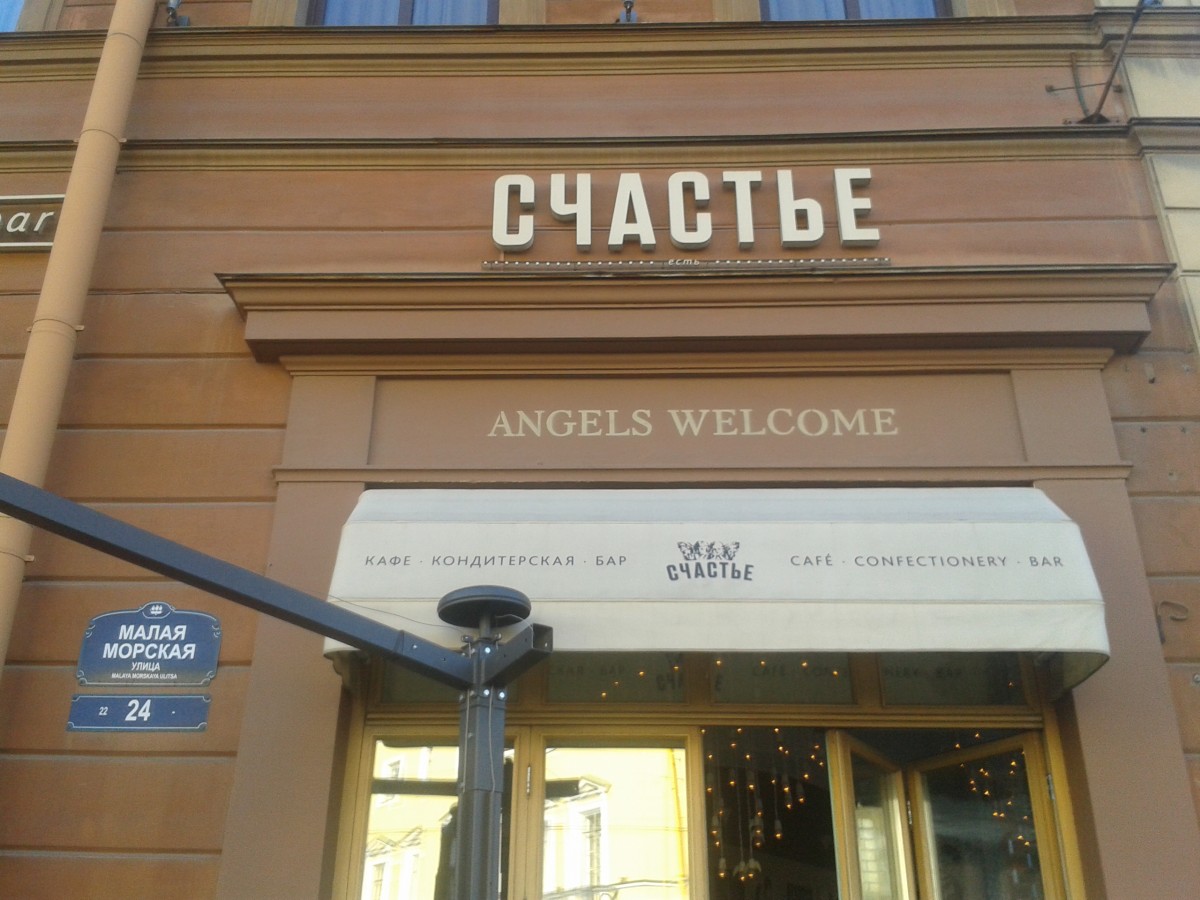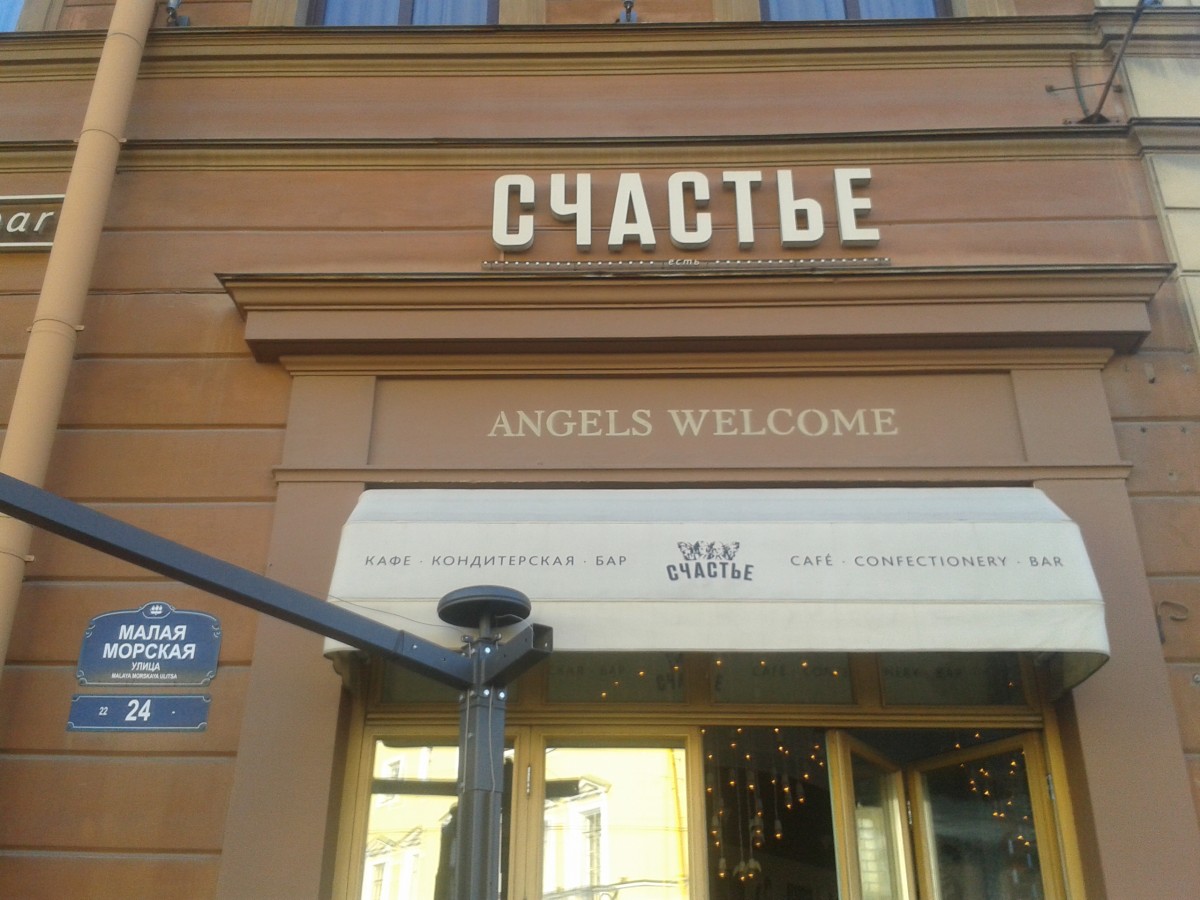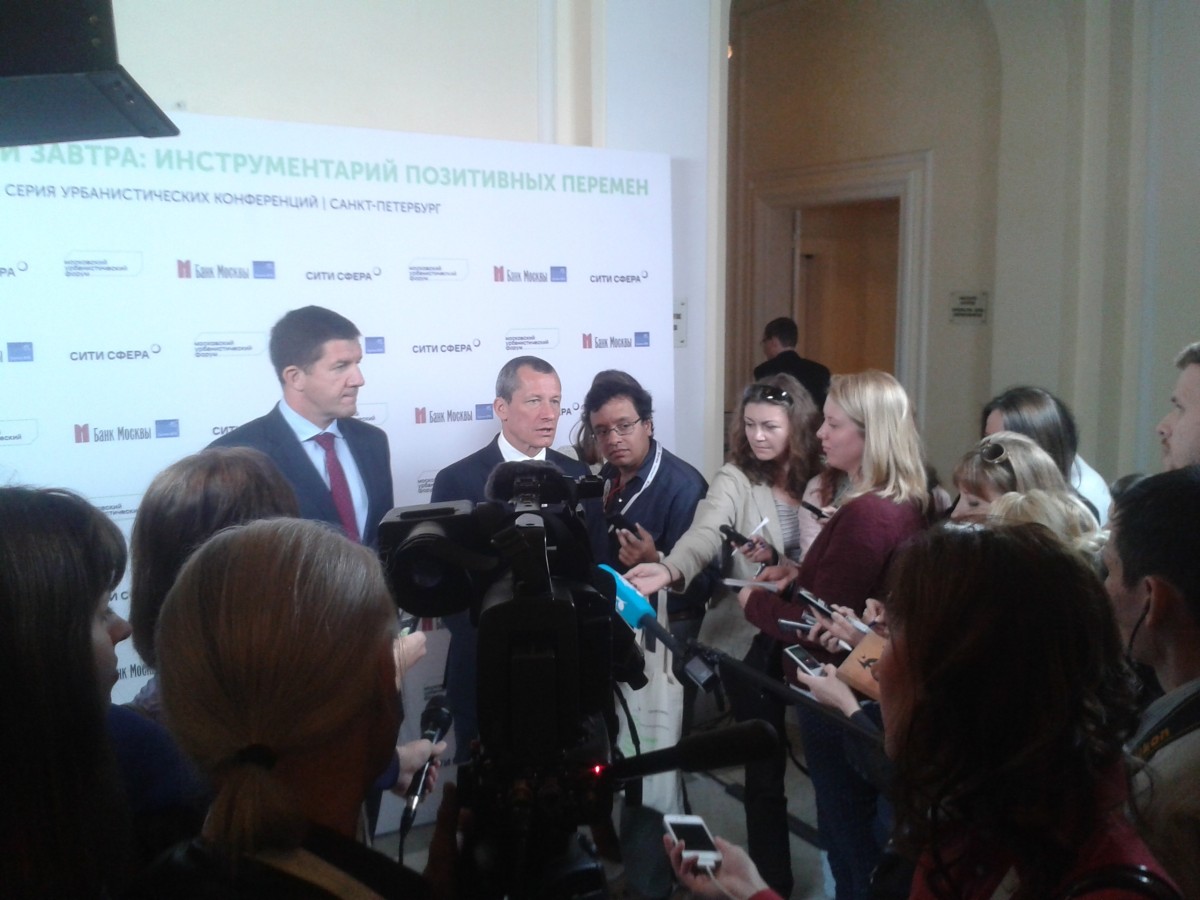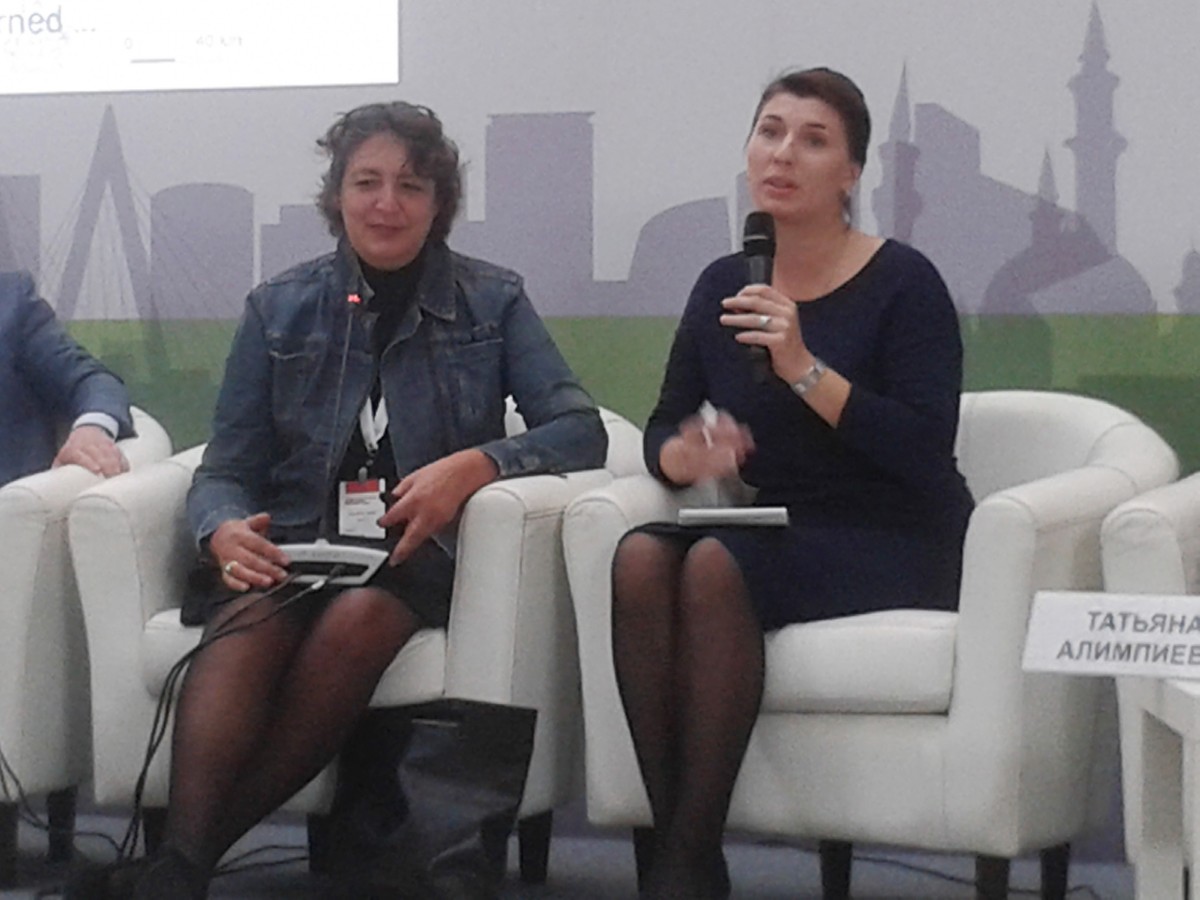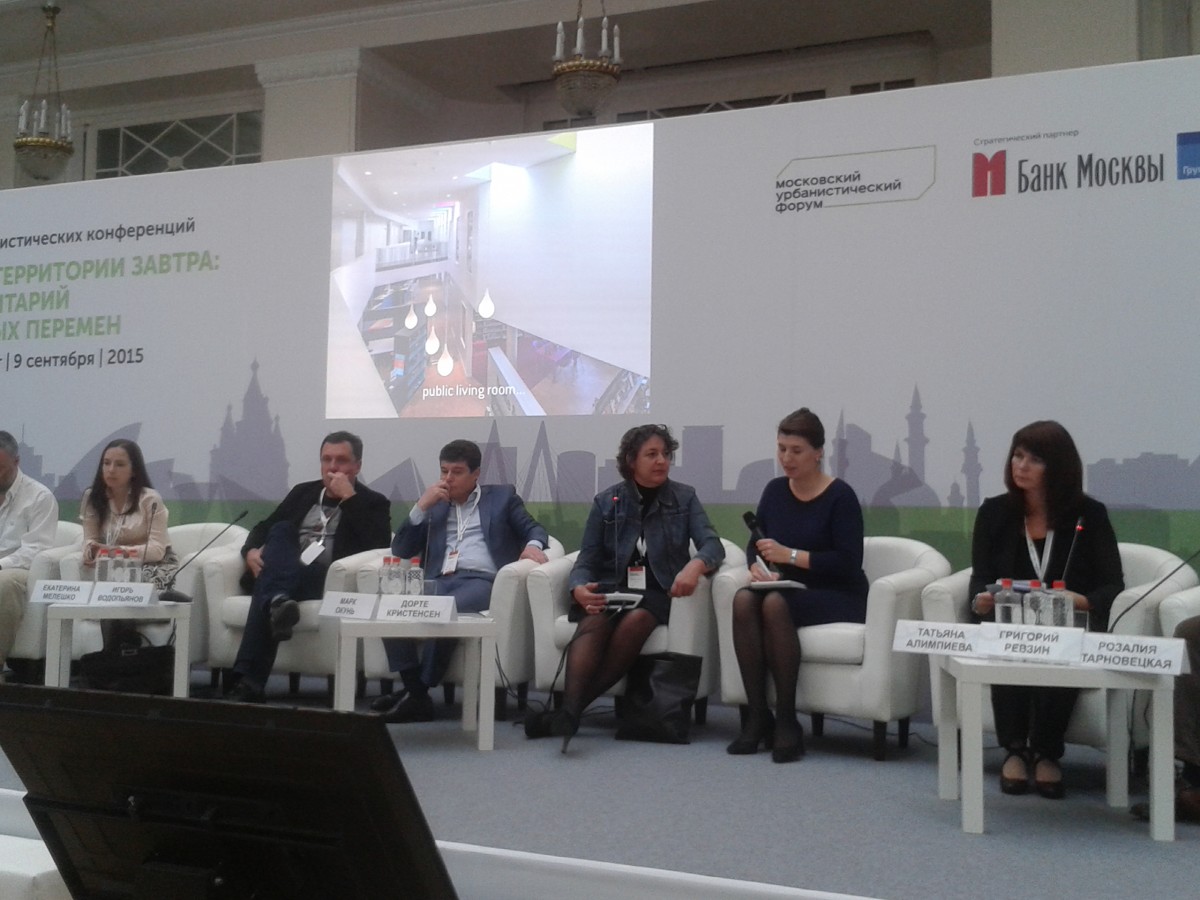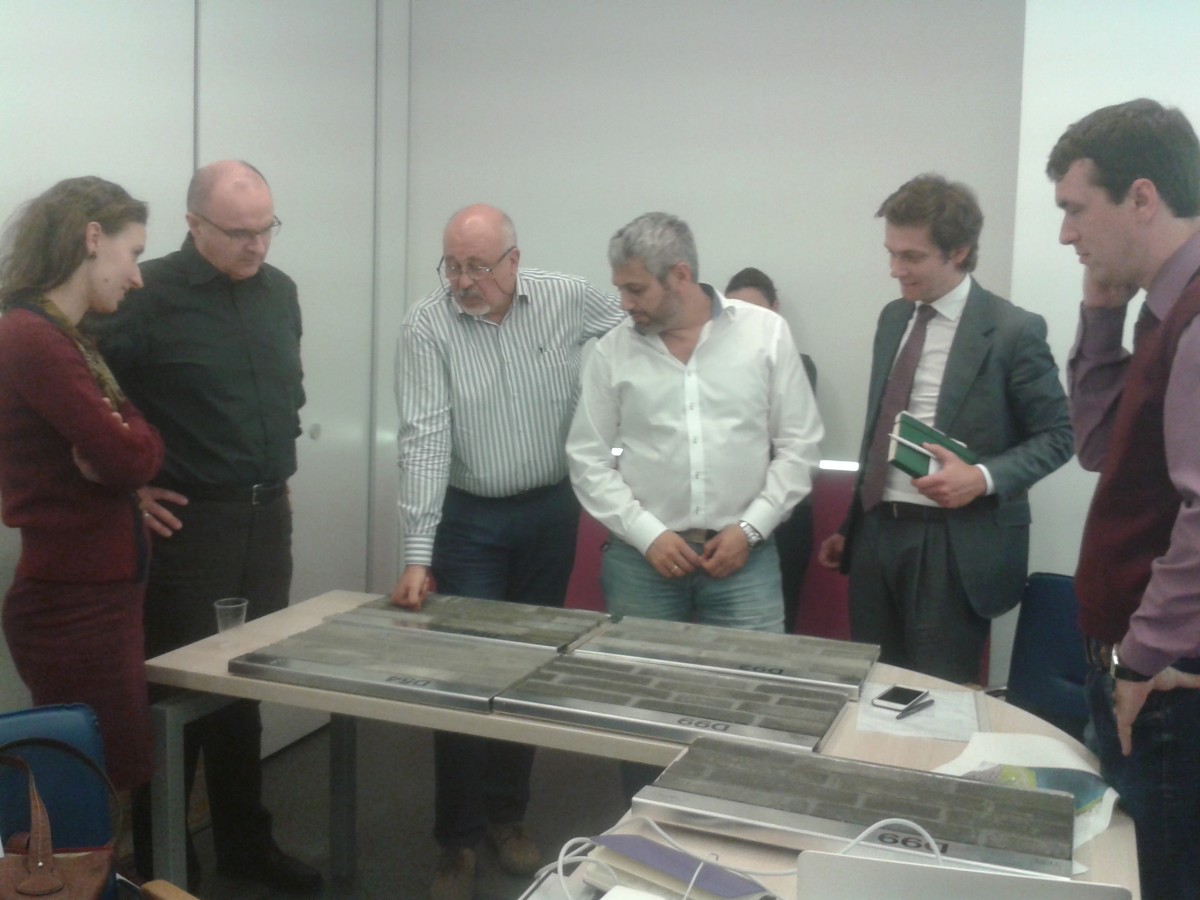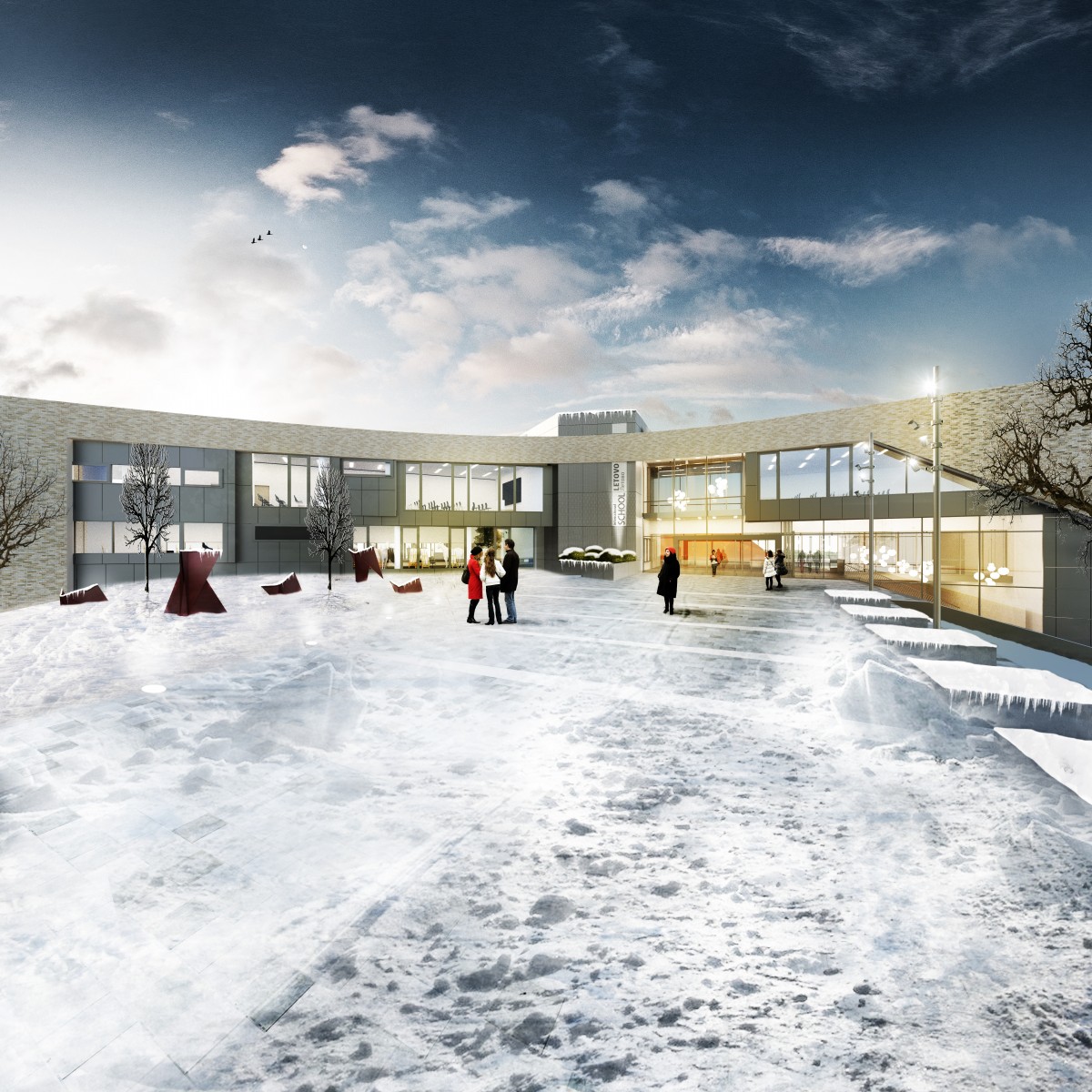Roundtable in St Petersburg
Last week we were off yet again to Moscow, stopping along the way in St. Petersburg. Due to the role of atelier PRO for the prestigious Letovo school project in Moscow, Dorte Kristensen was invited by the Russian Architecture Institute Strelka to the conference ‘Cities and territories of tomorrow: tools for a positive change’ in St. Petersburg. As expert, she would speak at the roundtable talks on the sub-theme ‘Schools & Kindergartens: how to modernize the social infrastructure’.
Street Art Museum
Once we arrived in St. Petersburg we joined an excursion prior to the conference. A taxi driver was given instructions to bring us to the Street Art Museum. After leaving the beautiful city center, we drove through more dim industrial neighborhoods. Once we arrived at our destination, the driver doubted whether or not we were at the right address. We stood at the entrance to a factory building at dusk. It was drizzling and there was no one to be seen anywhere. No one was answering either telephone number the driver was given and he was getting quite annoyed. But he didn’t desert us. Then luckily Albina was there to welcome us and show us around. Albina graduated from the Strelka Architecture Institute and is now the curator of the Street Art Museum. The others in the group there were two architects who had already looked around so they waited for us. We got an exclusive tour of the factory where plastics are still being manufactured. The owner of the factory allocated an area of the terrain to give contemporary national and international artists a forum. Each year there are exhibitions and performances for locals, factory workers, artists, and interested others.
Club
In the evening we entered through an extremely historicizing facade to arrive in a super relaxed hip club on the first floor of a spectacular complex made of glass and stainless steel.
Masterplan regulation
The next day the conference was taking place at the Astoria Hotel. The first discussion was luckily translated and talked about regulating the built environment. Master Plan regulation is high on the agenda, as is how a master plan should be initiated and dealt with by developers and the state. Incidentally, we heard the evening before from our North Italian colleague that making a master plan seems to be an impossible task because everyone gets involved in it and the regulations don’t mesh. As we understood earlier about our Moscow project, the federal and local regulations apply alongside one other, although they substantially differ and are sometimes impossible. Fortunately, our local architect is determined to deal with these things. One of the consequences in this situation is that there are two versions of drawings: one set for expertise and the other ‘actual’ set. Another often used word here is ‘comfort’, comfort in the sense of livability and a common meeting point.
Boosting areas that are shrinking
At the next roundtable it was Dorte and her companions’ turn. The room was filled primarily with women, which we are used to in the Netherlands if the subject is about schools and nurseries. Dorte spoke about the contrasts between the growth of the Randstad (a compact urban area) and areas that are shrinking. In the regions that are shrinking, the social lives of people are under pressure because there are less services available to them but simultaneously there are initiatives being developed to reduce this trend. The cultural center De Klinker in Winschoten and the multi-functional accommodation (MFA) De Statie in Sas-van-Gent are both examples of new facilities meant to strengthen social and cultural cohesion. De Klinker is a Cultural-house comprising a theater, library, art center, radio and TV studios, and a café. MFA De Statie also offers those but in addition it houses schools and day-care centers. Both buildings have a great influence on the community in these areas that are now shrinking. Yet the same effect is felt in areas of growth. Our ‘International School Letovo’ in Novaya Moscovo (expected to open in the school year of 2018) is a prime example of a social capacitator in a developing area. The area is now green and natural but in a few years time the school will fulfill an important roll for the community with extensive sport facilities.
Biking in St Petersburg is eye-catching
Following the symposium it appeared that a bike tour through the city was planned for us. Since Dorte and I had hardly any time to see more of St. Petersburg, we were happy to join. It was quite a rare happening. People in the streets were blown away watching us bikers tearing around. In Moscow the city-bike is well established but as we noticed in St. Petersburg, it’s still a pretty new phenomena. What often went through my head during these days: our Russian project is an adventure, St. Petersburg is beautiful but what is Moscow an exciting & thrilling city!
Business as usual in Moscow
The following two days were ‘business as usual’ in Moscow. On the first day during Workshop IX we spoke intensively with the client there about the plan. Now the aversion for the type of brick we introduced in April was problematic. But (and this doesn’t happen often) we began to see some smiles when we actually showed them the brick panels and exhibits. Success: the brick was approved!
Mission accomplished
The next day at Atrium (our Moscowian co-architect) project coordinator Anna, translator and much more, assisted us. She proved her unquestionable value by persuading her colleagues to get certain columns in the right places. Another mission accomplished!
http://mosurbanforum.com/about/about/

